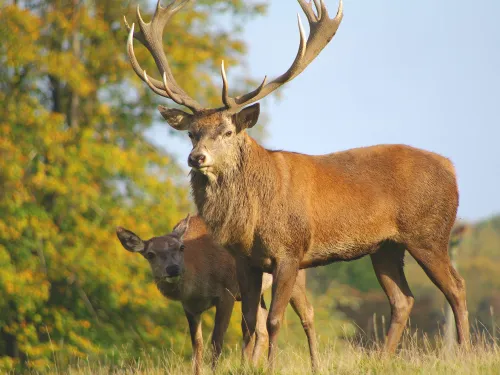
The UK’s deer species & where to spot them
Wild deer are some of the most iconic mammals of the countryside. But what species live in the UK and where?
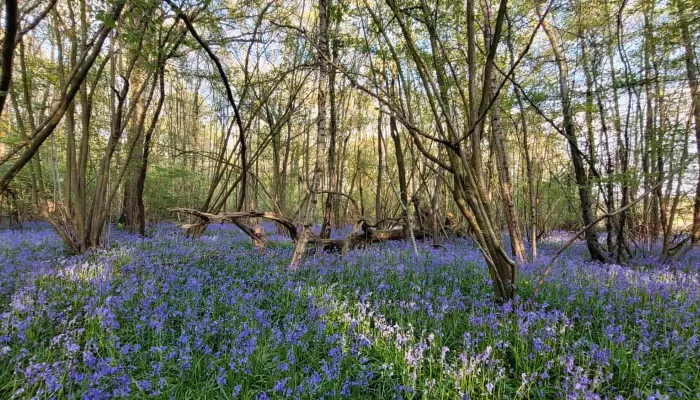
I meet with Lee and Rachel who kindly guided me through the site’s best features, describing future management, spotting fantastic fungi, ancient woodland species, and, even more exciting… stag beetle larvae!
Parts of this site are ancient woodland, home to unique species assemblages which have co-evolved over the centuries. To be classified as ancient woodland, a site must have been wooded continuously since at least 1600 AD. Certainly in areas of the woodland which Lee, his wife Rachel, and myself visited, there is a real sense of history here.
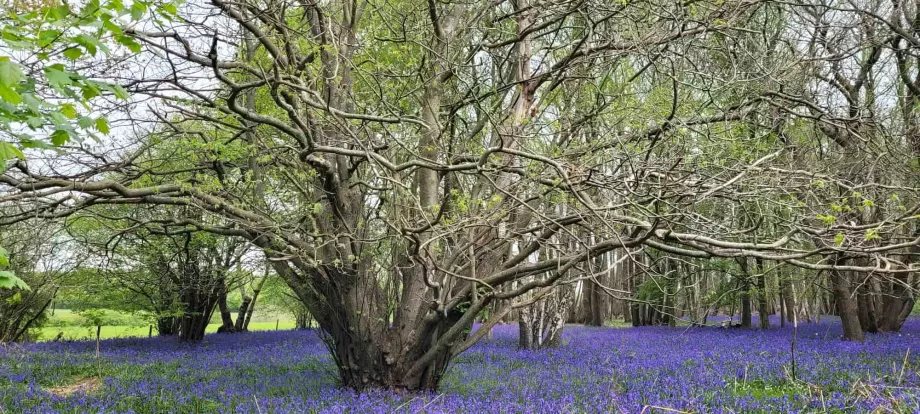
In 2022, Lee Dingain and his wife Rachel Walls bought the site together as a joint venture with Rachel's brother Mark and his wife Erin, who have two children, Ellis and Eden. Rachel's role in the Estates and Sustainability Team at Kingston University complements Lee's expertise as a naturalist, freelance ecological consultant, and content writer. Their combined skills position them uniquely for managing Southroad Wood with a holistic, ecosystem-scale vision. Such management approaches are key to the health and sustainability of our woodlands. Management prescriptions must be tailored specifically to the site, taking into account protected species, the structure of the woodland, the surrounding landscape, and other historical/cultural considerations such as footpaths, rights of way, and woodbanks.
Part of the Local Wildlife Site designation enables landowners to seek free advice to facilitate their management approach. Lee initially reached out to Kent Wildlife Trust for advice on managing a section of the woodland for the rare Osmia pilicornis, or fringe-horned mason bee, which favours open, broadleaved woodland. The general advice for this species is to re-establish a consistent coppicing regime, both to promote flower growth (for nectar) in the understorey, as well as leaving abundant standing deadwood and tree stumps for nesting habitat. These approaches to woodland management provide wider benefits to saprophytic insects and fungi, which feed on and nest in decaying wood or organic matter.
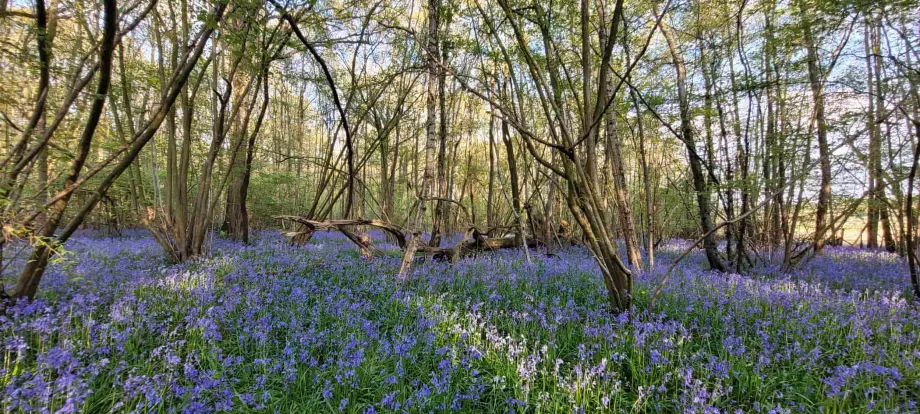
As we walked through different sections of the woodland, Lee and Rachel spoke about restoring biodiversity and the family’s aims for the 10-year woodland management plan they are compiling. A uniform age structure in the swathes of sweet chestnut revealed an absence of historic coppicing in the years before the family purchased the site. By re-establishing a regular coppicing rotation, this will create a greater diversity in age and structure in the wood. It will also open up the woodland floor for other species to establish from seed. Hazel and bramble occur throughout the woodland, which could hold potential for hazel dormouse foraging habitat. Lee and Rachel are currently in training for their dormouse handling licence and hope to establish a PTES (People’s Trust for Endangered Species) National Dormouse Monitoring Programme site at the wood.
We emerged into a much more open area, where the family have been tirelessly battling against bracken and bramble. Whilst some patches of these species offer good habitat, excessive growth can restrict other woodland flora dormant beneath. Lee explained their ambition to open up more of the woodland areas into rides or glades like this, along with the preservation of woodland edge habitats and woodbanks. In one particular area, stag beetle larvae that were rescued from a felled oak destined for a wood burner have been introduced, and the family have built refugia to encourage the population.
As part of their aim to assess the current species presence and potential of the site to support a range of taxa, ecological surveys have been carried out to identify plants, fungi, invertebrates (mainly lepidoptera, odonata, and diptera), birds, and mammals. Trail cameras, a fantastic way to monitor wildlife, have recorded badger, red fox, fallow deer, roe deer, and red-legged partridge, amongst others. The red-listed common cuckoo and eurasian woodcock have been recorded, and tawny owl and common buzzard are sighted frequently and suspected to be breeding.
What is abundantly clear when talking to Lee and Rachel, is that their passion for conservation runs deep and unsurprisingly, they have been keen to immerse their family and loved ones in this project from its inception. “We've been involving Ellis and Eden as much as we can and it's been a fantastic way to introduce them to wildlife and being out in nature. They have seen their first badgers and buzzards, found the first ever reptile recorded for the site while checking the reptile hibernacula (a common lizard), helped build the stag beetle loggery, and helped litter pick.”
Southroad Wood offers that opportunity for the family to access the outdoors, to enjoy the richness of biodiversity that our native woodlands hold, and to reconnect with the important things in life. Lee remarks of this poignantly: “For me personally it is the realisation of a childhood dream to own a piece of land where I can protect and enhance biodiversity.”
Huge thanks to Lee and Rachel for taking the time to show me around the site. I look forward to working together with them to enhance this beautiful ancient woodland and help the species there to thrive.

Wild deer are some of the most iconic mammals of the countryside. But what species live in the UK and where?
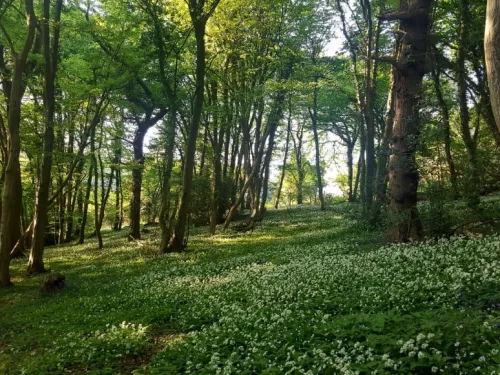
Be sure to check out these 10 woods whilst exploring Kent, each offering something a little different across the county.
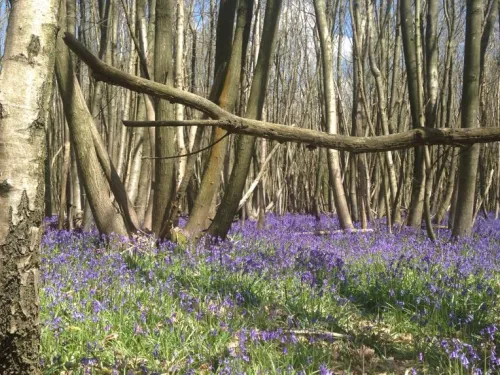
Matt Huggins explores why our woodlands are an important part of our landscape, looking at how they give back to nature and to us. As our woodlands are under threat, it's more important than ever to preserve what's left and fight to keep them alive. Will…